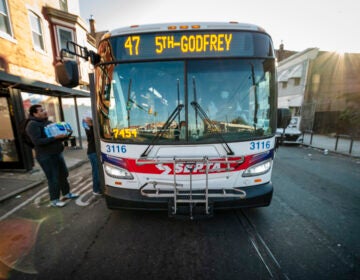The 10-mile SEPTA bus route that connects Philadelphia’s Latino communities
Most of the city’s 241,425 Latinos live along the 47. The busy line serves as a “pulse” for community, says Rev. Adan Mairena, a Norris Square pastor.
This story is part of The 47: Historias along a bus route, a collaboration between PlanPhilly, Emma Restrepo and Jane M. Von Bergen.
This article is written in English. To read this article in a combination of English and Spanish, click or tap here o para leer este artículo en español, haga clic o toque aquí.
When Irene Contreras came to Philadelphia from Venezuela six years ago, SEPTA’s Route 47 bus became her language class on wheels.
“I would do my homework sitting on the bus and also take the opportunity to practice my English,” said Contreras, whose first job in Philadelphia was as a receptionist at the Tierra Colombiana restaurant in North Philadelphia. Just a few years later, she is commuting to City Hall where she works as Deputy Director of Communications for Philadelphia Mayor Jim Kenney.
“There are many beautiful people who take that route, many people, especially seniors who were always willing to start a conversation with you,” Contreras said.
“And there I discovered that Philadelphia is a very fraternal city and that people are willing to help you and talk with you, no matter what language you speak,” she said. “I feel that the universal language of brotherhood is spoken on this route.”
Most of the city’s 241,425 Latinos live in neighborhoods along the 10-mile bus route that runs from south to north, with one end curling into the lower Northeast. The SEPTA bus line connects newer, growing Mexican and other Central American communities in South Philadelphia to more established Puerto Rican and Dominican communities in North Philadelphia, an area represented by Maria Quiñones-Sanchez, the city’s first Latina City Councilmember.
There are many stories along Route 47 — stories of commerce, love, work, families, friendships, struggles, success and joy.
The stories belong to people like Julio Plaza, an assembly-line worker who came from Puerto Rico many years ago for a better life; and Marta Caj, a South Philadelphia baker who fled domestic abuse and violence in Guatemala; and Reinaldo Meléndez, whose music business on El Bloque de Oro sends the sounds of salsa into the windows of the bus as it rolls by.
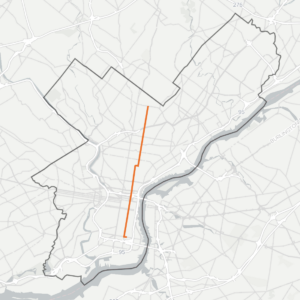
While many of Philadelphia’s Latinos were born here and many also came to study. Tough economic conditions, political unrest, crime, crop failures and natural disasters pushed others to leave their homelands and come to the United States. Hundreds of thousands have built homes and businesses in Philadelphia, often to reunite with family members already here.
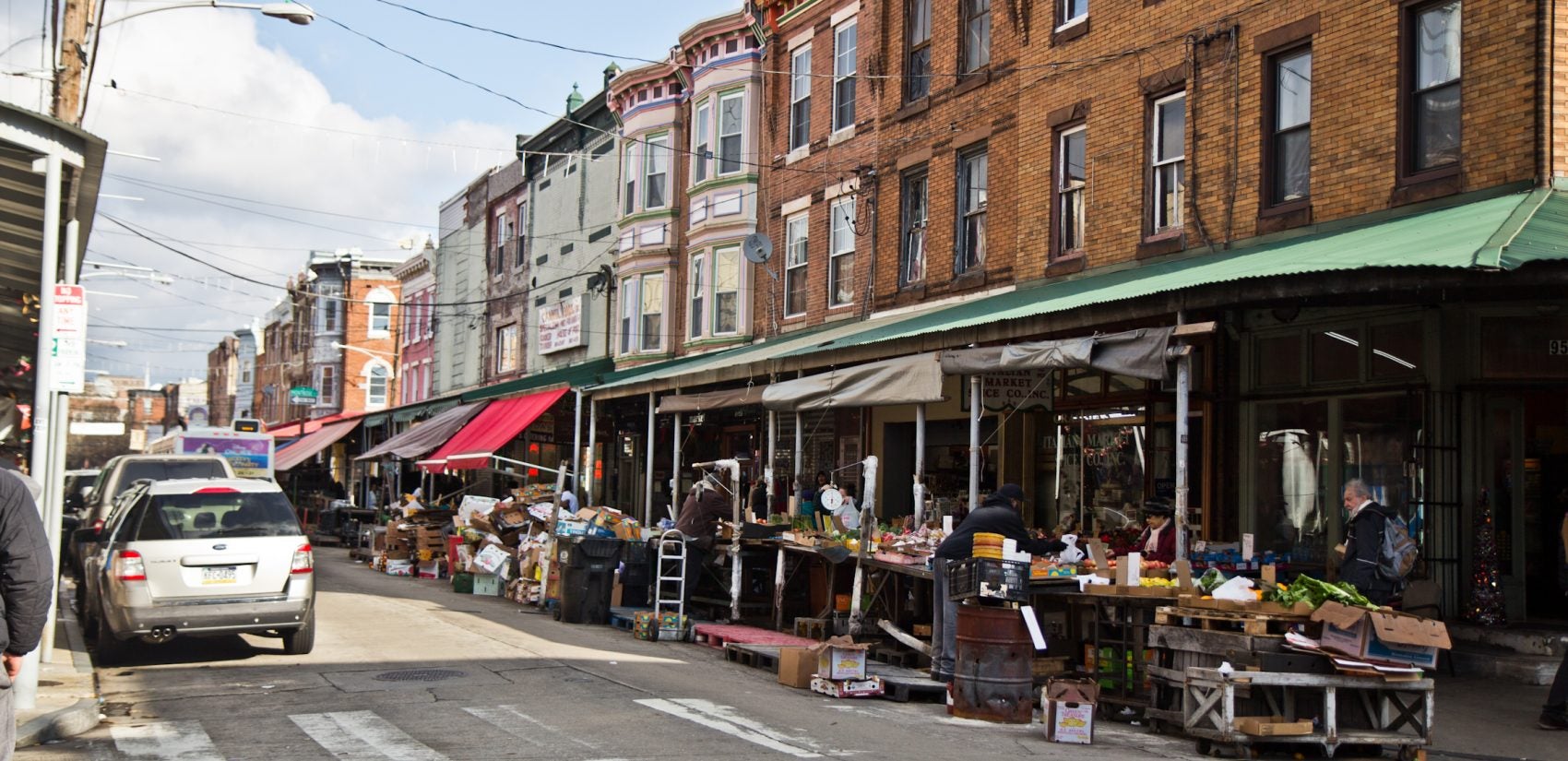
“I miss my homeland, but what America has given me… every morning when I enter Philadelphia, I send kisses to this city that supports me and sustains me,” said Isabel Espinosa Sánchez, who can watch the Route 47 bus pass by her religious merchandise store in South Philadelphia.
The 47 bus offers mobility — a ride to work, school or church. It also offers a place of kinship for people who pass one another each day along the route.
“The soul of the bus is on the move – like the Holy Spirit,” said Rev. Adan Mairena, the pastor at West Kensington Ministry on Norris Square in North Philadelphia. Some members of his congregation take the bus to church. “If you are looking at the human body, it’s like a vein. It carries the blood. It’s like the pulse that goes throughout the body.”
For the Latino community, “it’s a reminder of where they came from,” Rev. Mairena said. “They are passing through neighborhoods of people who look like them. The sounds and the smells and the colors are familiar. A lot of the murals have colors and art that is reflective of the Latino culture. And then you hear the language, and there’s always chattering in lots of different languages.”
The 10-mile route runs north and south, from Whitman Plaza in South Philadelphia to Godfrey Avenue in Olney, passing through seven ZIP codes. In the 19133 ZIP code, just north of Rev. Mareina’s church, nearly 60% of the residents are Latino. There, 49% of the population speaks Spanish at home.
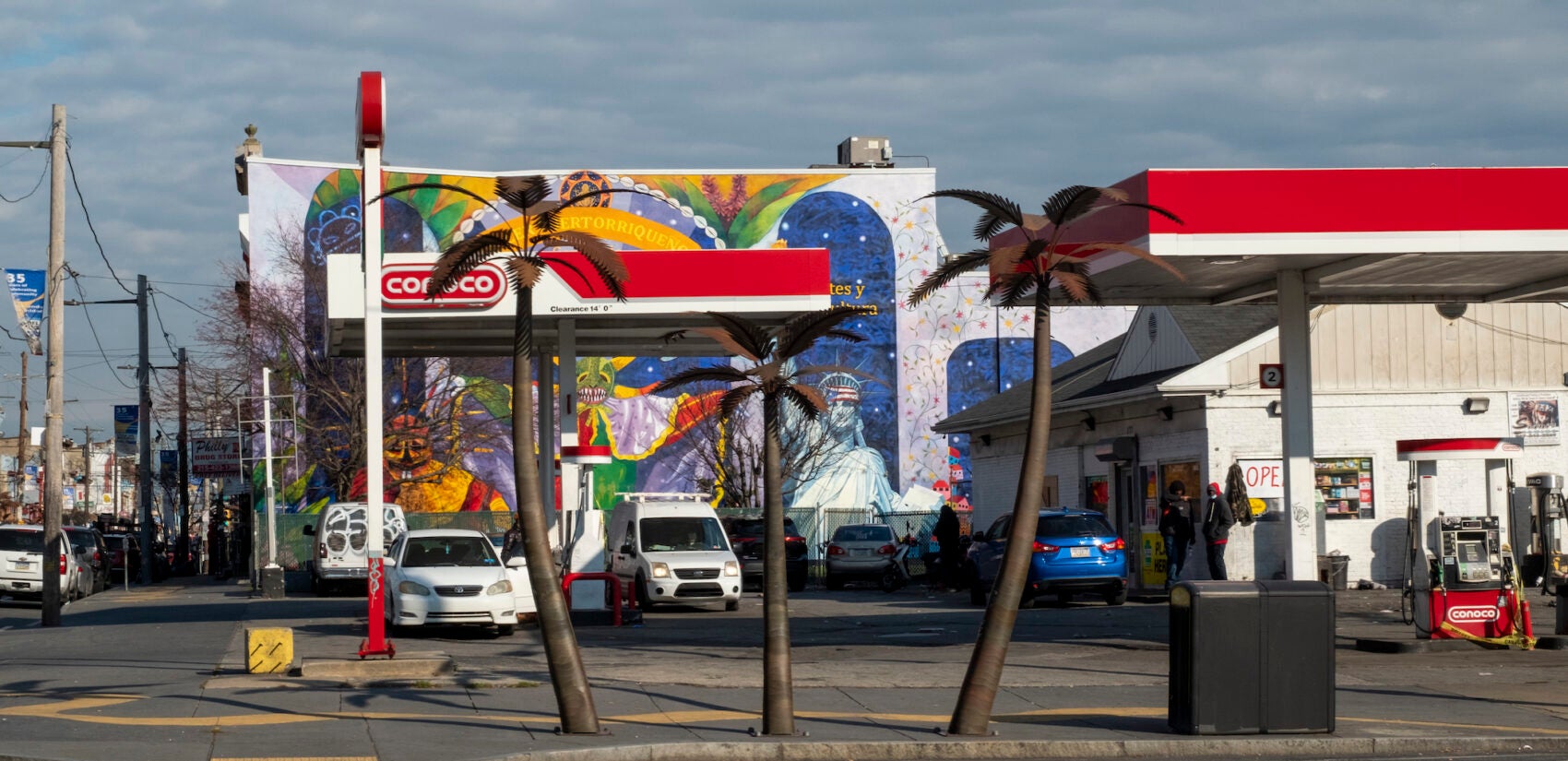
“North Philadelphia is the center of the Latino community and social services,” said Jennifer Rodríguez, president and CEO of the Greater Philadelphia Hispanic Chamber of Commerce. “Most of the long-term leadership has been established in North Philadelphia. Most of the flow is northward.”
The bus links both Latino communities to Center City, where many, like Contreras, occupy offices high above the bus lane. Others run shops, restaurants and other businesses or visit cultural attractions.
“I consider that bus 47 is very important and beneficial since it takes us to many shops and places that one frequents,” said Paul Díaz, a Puerto Rican therapist interviewed on Fifth Street. “The bus 47 takes you where you can visit the historical centers, the museums. I consider it fantastic.”
Philadelphia is an increasingly diverse city, with immigrant populations from across Asia, Central and South America, Africa and Eastern Europe growing. Families from across the globe have moved into homes and businesses vacated by the hundreds of thousands who left the city for the suburbs during prior decades of white flight. Through the windows of the bus, riders can see thriving areas like North Fifth Street in Olney and Ninth Street in South Philly, brought back to life by immigrant-owned businesses.
“I like riding that route because it’s very culturally diverse and I’m a very observant person,” said Vick Rivera, who described himself as half Puerto Rican and half Mexican. “I like to watch people. I like to learn from them. How they move. How they talk. And there’s never one type of person riding that route. You’ll find rich people there, you’ll find poor people. You’ll find Black people, you’ll find brown people, white people, all kinds of people. It gives me a sense of freedom, just being able to ride through the city and being able to see all this diversity involved.”
The bus passes through all of Philadelphia’s economic stratas as well.
In Center City, the bus rumbles in and out of neighborhoods where the average home sells for more than half a million dollars and the average household earns more than double the citywide median income. Heading just a few miles north or south, residents are far more likely to survive on minimum-wage jobs or a fixed income with more than half of the population living in poverty, including six out of 10 children.
That’s the big picture, but day-to-day, the bus line serves as a lifeline helping all of these people get where they need to go.
“Many times I have had to go from North Philly to South Philly and well, [I] prepared for a long trip,” said María de los Ángeles Durante, an Argentinian, who stopped to chat while shopping on North Fifth Street.
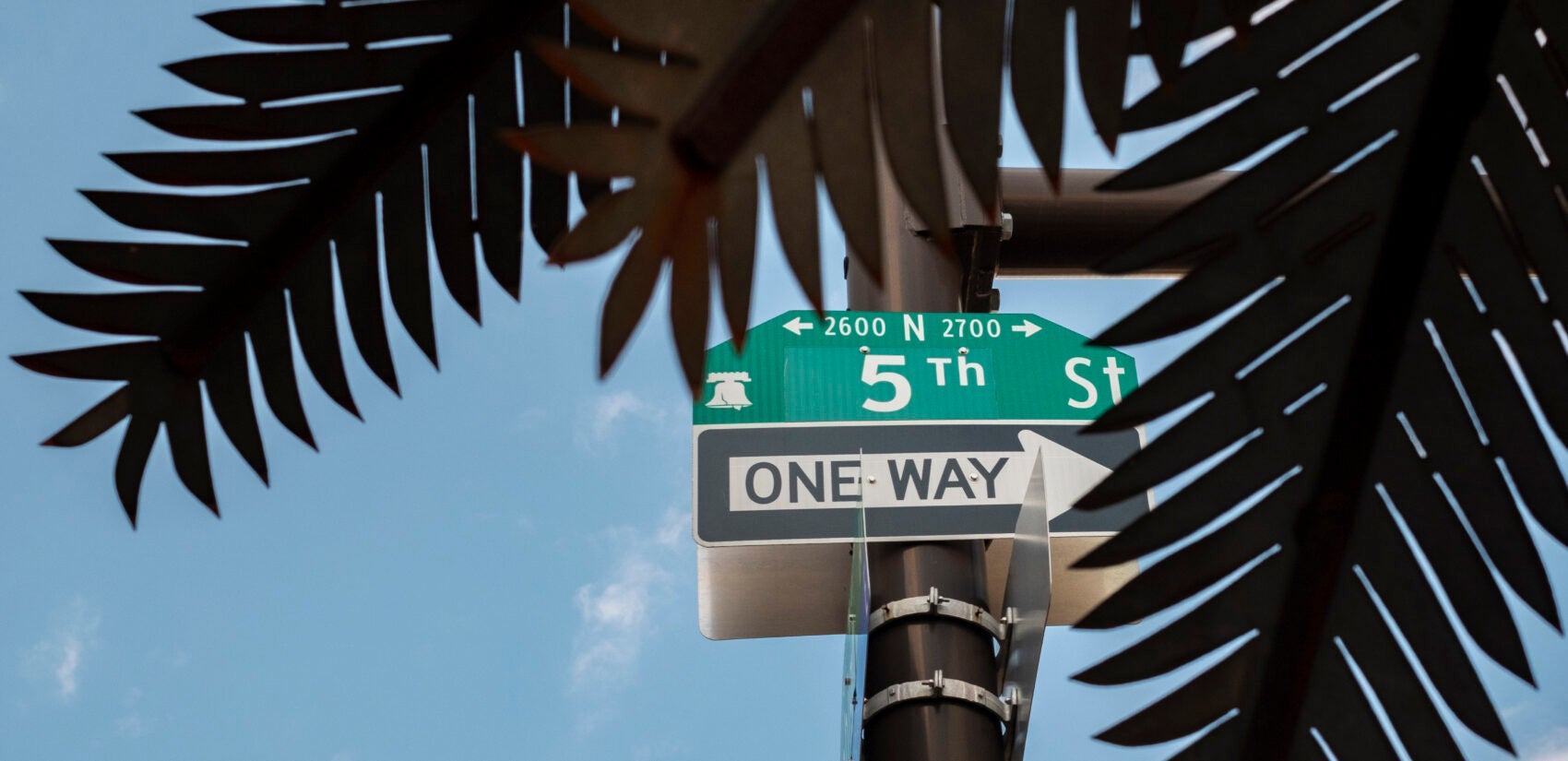
It’s true that the trip is long — about an hour and fifteen minutes each way. The bus runs along Fifth and Sixth Streets in North Philadelphia and Seventh and Eighth Streets in South Philadelphia. There is also a spur route, the 47M, along Ninth Street and through the Ninth Street Market, also known as Mexican Market.
At 16,400 daily riders, pre-pandemic, Route 47 was SEPTA’s most traveled trackless surface route, said Charles Webb, SEPTA’s chief officer of service planning. These days, the system overall is now carrying about 30 to 40% of its previous ridership.
To a bus geek, like SEPTA’s Charlie Webb, the Route 47 is pure transit joy.
Developed in 1895 as a trolley run, it’s one of SEPTA’s high-frequency routes, with rides every six minutes during rush hour. It’s busy because people get on and off at lots of key transfer points to pick up the Market-Frankford El, or buses at Girard Avenue, Erie Avenue and Olney Ave.
“The riders turn over so many times on the route. You have different reasons for different parts of the route,” Webb said, listing shopping, social services, health care. “It’s a beehive of activity.
“It’s a really, really good SEPTA route,” Webb said. “Lots of frequency. Lots of riders. It doesn’t get much better than that.”

Subscribe to PlanPhilly
WHYY is your source for fact-based, in-depth journalism and information. As a nonprofit organization, we rely on financial support from readers like you. Please give today.




